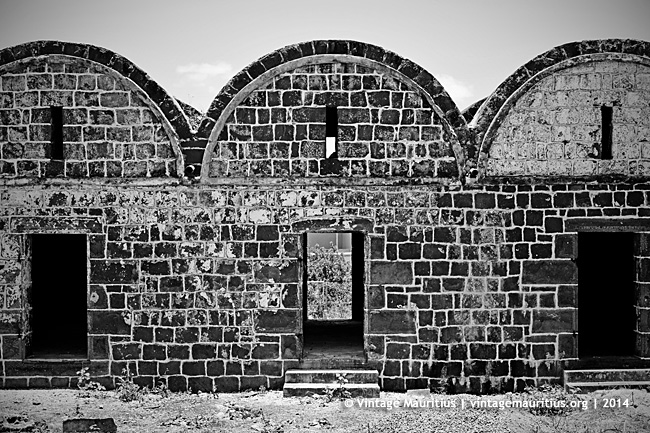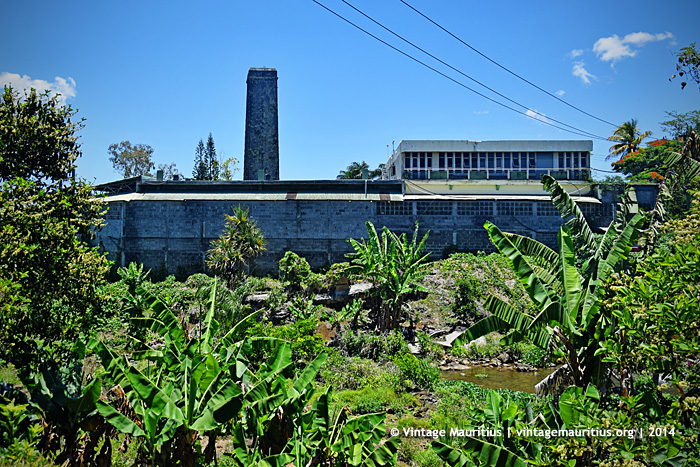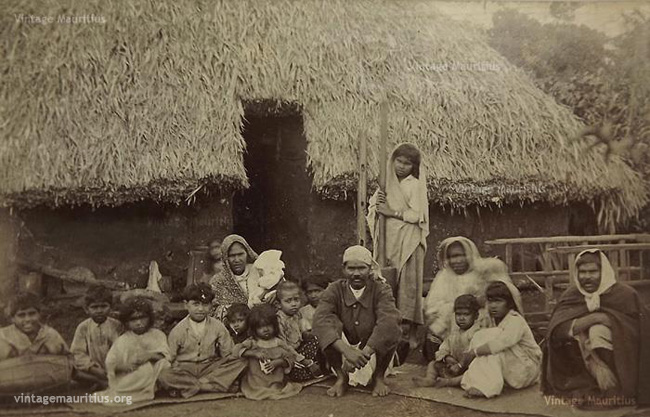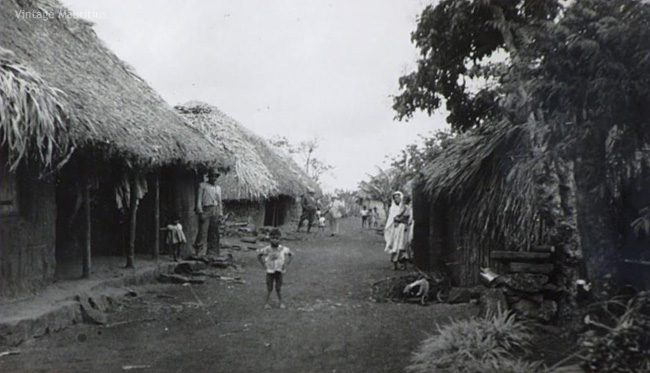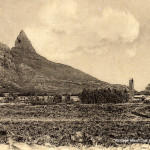Mauritius having been heavily dependent on the agricultural economy since its discovery till the late 1990s has known many ups and downs in this sector. The Sugar Industry which was once the backbone of the economy has currently been replaced by the Service sector as of 2014.
During the French occupation period, Mahé de La Bourdonnais encouraged the cultivation of Sugar Cane since this sector brought a lot to the economy, and in addition, sugar cane was the only cultivation which could resist the cyclonic nature of the Mauritian weather without suffering much losses. This culture was further enhanced under the British occupation period. In the year 1816, 86 sugar factories were in operation on the island. Somehow, after the abolition of slavery in 1834, this sector faced great difficulty and to which foreign workers had to be brought in from India to continue the work already started on the sugar cane industry. Those indentured labourers brought in a certain stability in the economy as from 1843 even though the struggle was hard.
In 1858 there were about 259 sugar mills in Mauritius. However, due to the process of centralization, where sugar estates which were family-owned merged into companies, the number of sugar mills decreased to 137 in 1888 and 79 sugar mills in 1903. Each of them has their own history behind. Those old sugar mills chimneys archive that we did can be viewed here.
The Trianon Sugar Estate founded in 1803 is one of the relics of those old sugar mills to which only the stone chimney and two old labour camps still stands. The land occupied by the estate chimney has been taken over by the Margarine Industries since 1967, for the better, since the chimney is at least preserved within the compound.
The Old Labourers’ Quarters is the place where indentured labourers employed by the Trianon Sugar Estate were housed. Indentured Labourers lived in difficult conditions as reported by inspection reports submitted to the colonial authorities. These documents report that in 1889, 1469 people lived on the sugar estate.
The Old Labourers’ Quarters are one of the rare remaining examples of non-perishable accommodation constructed for indentured labourers, even though not all the Sugar Estates on the island at that time followed this accommodation type. On other estates it was rather straw houses. As such, the Old Labourers’ Quarters was listed as a National Monument on the 22nd July 1974.
The site is today part of the national heritage associated with indenture, a recruitment system by which colonial powers employed workforce on contract to work in their colonies. Before using this system in all the British colonies, Mauritius was chosen to evaluate the viability of this ‘great experiment’. The Trianon Old Labourers Quarters is one of the rare monuments in Mauritius which has remained intact through time and offers and insight of the living conditions of the indentured labourers.
The Trianon Old Labourers’ Quarters
Between 1834 and 1924, more than 454,000 Indian indentured labourers were brought to Mauritius mostly to work on the island’s sugar estates. In general, after leaving the Aapravasi Ghat or the Coolie Depot, the indentured workers had to settle in one part of the estate which became known as “Camp des Indiens” as well as “estate camps” or “sugar camps”. During the entire period that the indenture system existed in Mauritius and until the late twentieth century, hundreds of thousands of Indian labourers and their descendants lived for many years in these estate camps. Furthermore, on many of the large Mauritian sugar plantations, there were usually hundreds of male and female labourers who lived in those sugar camps with their children.
In order to accommodate so many individuals, the large estates had one or several separate estate camps.
During the nineteenth century, camp dwellings consisted mostly of long rows of thatched huts and barrack-style housing which were made mostly of earth, wood, cow dung and cane straw. A few of these living quarters were made of bricks and stones. In the 1800s, in the Plaines Wilhems district, large sugar plantations, such as the one at Trianon, provided some of their labourers with living quarters which consisted of stone barracks.
The Old Labourers’ Quarters at Trianon were built sometime during the first half of the nineteenth century. It has often been called a barrack complex and it consists of 15 large chambers and it is mostly black in color. The Old Labourers’ Quarters are made of basalt stone blocks and it has very thick walls, the structure is mostly intact, but decaying very rapidly.
There are some documents in the Mauritius Archives which make brief references to this structure. In 1880, the Protector of Immigrants informed the manager of Trianon Sugar Estate that the stone barracks, where the Indian labourers were housed, was in an unhealthy state. The Protector took a personal interest in this matter and even summoned the manager to the Coolie Depot, or the present-day Aapravasi Ghat, and urged him to rectify the matter as soon as possible.
It was mostly during the winter months that the Indian labourers suffered a lot from the dampness and unhealthy conditions in the stone structure. Unfortunately for them, the manager and owners of Trianon Sugar Estate did not follow the Protector’s instructions and the situation remained the same throughout the 1880s. After all, in 1889, Mr. B.A. Francis, the Inspector of Immigrants, in his report on the sugar estates for the Plaines Wilhems district, observed that the estate workers at Trianon, in particular those who resided in stone barracks, still had to endure unhealthy conditions.
During the course of that same year, it was reported that there were 1469 Indian men, women and children who lived in the camps of Trianon Sugar Estate. The overwhelming majority among them lived in small huts and only a small number of the indentured labourers and their families lived in the stone barracks. In general, the archival records clearly show that by the late nineteenth century, the Old Labourers’ Quarters had been in use for several decades and it was already in a dilapidated state.
In 1909, a document was submitted to the royal commissioners, who were in Mauritius to investigate the island’s sugar industry, which briefly mentions a labourers’ quarters made of stone at Trianon where Indian workers were housed. Throughout the first half of the twentieth century, the stone barracks or the Old Labourers’ Quarters at Trianon were still used to house Indian labourers. In 1960, after the passage of the cyclone Carol, the 15 large rooms of this structure were renovated, with eight of the fifteen chambers being provided with a small kitchen which was built of concrete. The Old Labourers’ Quarters were used to house some of the estate workers who had lost their homes during the cyclone. Therefore, until the early 1960s, this structure was still occupied by Indian labourers.
This monument was somewhat neglected for quite some time and only recently that the structure is being renovated. Hopefully this national heritage will be preserved as it deems appropriate.
Click here to geo-locate this National Monument.
Sources: L’Express, Aapravasi Ghat, + mixed others.
